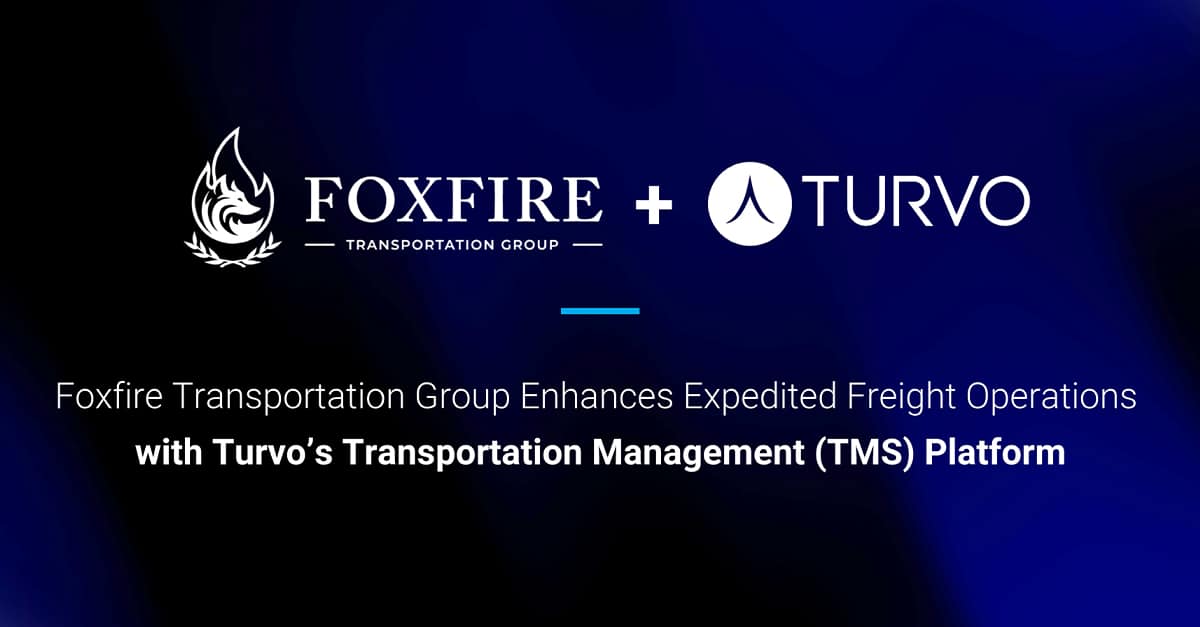Truck driver retention is important for a healthy fleet, but hard schedules and bad working conditions can cause high turnover. In fact, the yearly turnover rate for major truckload carriers increased to 92% in 2020, while it increased to 74% for smaller freight carriers. Although COVID-19 had an impact on these figures, the industry already had significant turnover rates for a variety of reasons.
Historically, as evidenced by a 2019 poll by the American Transportation Research Institute, turnover rates in the trucking business are substantially greater than in most occupations (ATRI). One of the top ten issues raised by transportation CEOs in the poll was driver retention. There are various reasons for the high driver churn rate faced by the trucking industry in North America:
Uncertain work hours: Drivers are expected to work for long hours depending on delivery schedules and timelines. This affects their mental health as well as social life.
Unfair compensation: Drivers are usually paid per mile, not keeping in mind the hours they spend on the job. This leads to inconsistent wages. All of this in turn leads to a highly competitive environment where churn rates are naturally high.
Health risk: There is a risk to the health and well being of drivers as they have to deal with inconsistent food and sleep habits on the go. This makes the job of drivers tough and risky, especially in the times of a pandemic like COVID-19.
COVID-19 further impacted the driver pool due to social distancing, as fewer new drivers were trained by training schools.
Despite the slump all industries faced post the pandemic, truck driver turnover rates rose by double digit percentage points in 2020. While this tightening of the driver market is a good sign for the industry, it still remains a major issue for trucking companies. Let us check out some strategies you can deploy to decrease the driver churn rate for your trucking business.
Strategies to reduce driver churn rates in the trucking industry
Driver churn is expected to increase once again, but experts say there are various ways carriers may reduce it, including better hiring interviews, bonuses, enhanced perks, the use of mobile freight apps, and empathy when drivers face difficulty. Let us take a look at what businesses can do to decrease driver attrition.
Improving communications:
Creating open lines of communication can benefit everyone in your company. Even if the information is not particular to them, they will feel important because they are up to date on everything that is going on in the firm. When you introduce new procedures, make sure to notify everyone who may be affected – your drivers will feel valued and included in the company’s operations.
Maintain an open channel of communication between the fleet manager and the drivers. Building trust will lead to discussions about the driver’s issues, which you can then address to demonstrate that you are listening. Even when there are disagreements, increased communication will reinforce the team’s sense of oneness.
Provide education and training:
There are many activities you can use to help drivers better understand their role in the value chain. Here’s a few examples:
- Provide orientation and onboarding for drivers and dispatchers
- Get them to take personality assessments to pinpoint potential dispatch/driver problems and to specify employee training needs
- Institute a mandatory minimum standard of entry level apprenticeship or apprenticeship-like truck driver training
- Encourage drivers to be a part of programs about ongoing training and/or certification throughout a driver’s career
Consistent payout rates:
Wages are a major factor in driver turnover, with the average cost of hiring a new truck driver being around $8,000. When turnover is high, fleet managers may frequently pay to hire new staff rather than raise wages for existing ones. By paying your staff a better income or granting performance bonuses, you may address both issues at the same time and save thousands of dollars.
Increase engagement:
Employees that are involved with their work environment are more likely to stay longer at a company. Employee engagement can be increased by being honest and upfront in interviews about the work and its requirements, supporting continual communication, and focusing on feedback. You can increase driver engagement in various ways:
- Set productivity targets for your drivers
- Recognize when an employee performs really well at a task
- Applaud any personal bests or achievements
- Use surveys to find out how you might improve your employees’ working conditions
- Develop and promote RJPs or realistic job previews while hiring so that drivers know exactly what kind of job they are getting into
Fleet management and shipment visibility technology:
Wearables and other softwares will help you stay connected with drivers 24×7. Fleet managers and dispatchers can make use of a shipment visibility suite. These softwares help managers and organizations:
- Track shipments and get real-time transit data
- Automate documentation
- Align retailer, supplier and provider information
Mobile devices and apps can also be used by transportation businesses to improve communication and quality of life for truck drivers on the road. Drivers may stay connected and happier in their business and personal lives by employing smartphones, tablets, and wearables.
Invest in a fleet management and shipment visibility suite
Keeping an eye on cargo movement, inventory availability, and location are essential parts of logistics service provider management. You can do all this with Turvo’s collaborative logistics platform. With the Turvo Driver App, you can unlock the path to efficiency when dealing with drivers. Get a glimpse into driver and delivery trends by having total visibility into your shipments. Connect with Turvo today.








